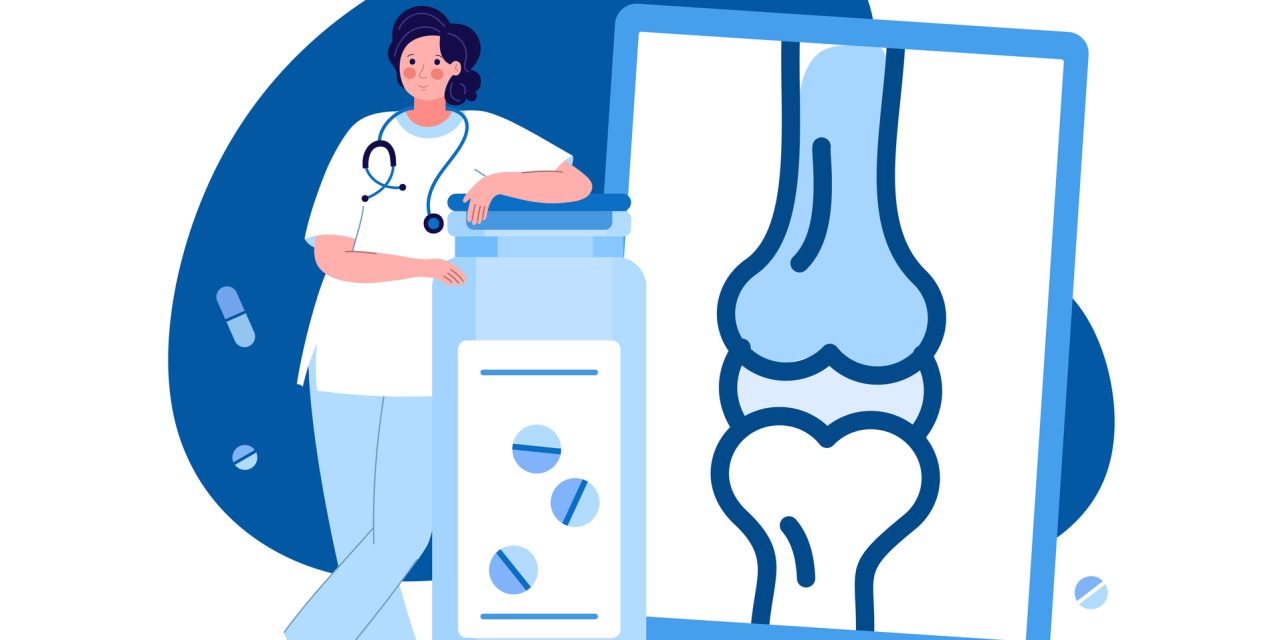Photobiomodulation therapy (PBM) is often used to treat musculoskeletal disorders such as chronic non-specific low back pain (NSCLBP) as it can have positive effects on biomarkers-creatine kinase (CK) and serum cortisol levels-related to stress caused by physical exercise, such as deep water running (DWR) or by pain. The aim of this study was to evaluate the effects of the combination of PBM and aquatic exercise (DWR) on the intensity of pain, disability, 6-min walk test adapted (6WTA), and on cortisol and creatine kinase (CK) levels in a population with NSCLBP. The participants were allocated into three groups: TG (Photobiomodulation and Training Group), TG (Placebo Photobiomodulation and Training Group), and the G (Photobiomodulation Group). Information regarding anthropometric data, blood pressure, and heart rate were collected, and the questionnaires were applied: IPAQ-Short Form, Oswestry Disability Index, and the Visual Analog Scale for Pain. The submaximal exercise test (6WTA) was performed. Blood was collected for analysis of cortisol and CK levels. The training sessions were performed twice a week, for 4 weeks. In the intragroup comparisons, there were statistically significant changes in the TG and G groups in the outcomes pain intensity, disability (reductions in both groups), and in cortisol (increased in the TG and reduced in the G); in the TG group, there was a statistically significant reduction only in the outcome of pain intensity. In the intergroup comparison, in the comparison between TG and TG, there was a statistically significant difference in the level of cortisol, as well as in the comparison between TG and G, in which there was a statistically significant difference for this same outcome (cortisol) and for the 6WTA outcome. The effects of the combination of PBM and aquatic exercise have positive effects on reducing pain intensity, disability, and cortisol levels, but its effects on other variables (6WTA and CK) are too small to be considered significant. Trial registration number: NCT03465228-April 3, 2019; retrospectively registered (ClinicalTrials.gov).© 2022. The Author(s), under exclusive licence to Springer-Verlag London Ltd., part of Springer Nature.
Effects of photobiomodulation and deep water running in patients with chronic non-specific low back pain: a randomized controlled trial.


